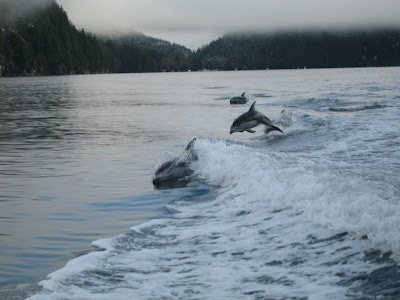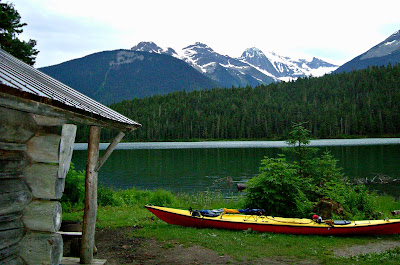Her beauty, her storms, such abundance and diversity of life amidst both the tranquillity and unforgiving power that this immensely deep and mostly unexplored frontier hold for us.
Our distant relatives and even those who meditate on these vast pools of blue and green today see the ocean as the birthplace of life. It's the story we tell our children, and they, in turn, tell their children's children. It's a reasonable conclusion. Upwelling currents bring cold, nutrient-rich water from the bottom to the surface. In this primordial soup, vitally important organic and inorganic compounds mix ceaselessly and give us the perfect conditions for photosynthesis, and by all accounts, the basic building blocks of life.
But, rather than the birthplace, I postulate that the ocean is simply the mixing ground for the expansion of life that began elsewhere. It is also possible, as yet we do not know, that these two streams ran in tandem. The delight of science is that we may one day know for sure.
From the oceans, it's just a slow crawl, evolutionarily speaking, from the sea to the terrestrial life we see today. So where to look for the beginnings. That story is a much harsher one. We find microbes of the Domain Archaea, prokaryotic single-celled microorganisms, distinct from bacteria and eukaryotes, living in some of the world's most unlikely and inhospitable places.
Extremely adaptable, Archaea not only survive but thrive in harsh environments, hot, cold, brutally acidic, you name it. But beyond the hot pools and salt lakes, they have also been found in rather pedestrian habitats, in soils, marshlands, and our oceans.
You may be surprised to learn that at this very moment, they are living in your colon, oral cavity, and skin. The methanogens that inhabit our guts have a symbiotic role, helping us with digestion.
Archaea possess genes and several metabolic pathways that allow for transcription and translation. They are able to access more energy sources than their wee microorganism peers, making use of sugars, ammonia, metal ions and hydrogen gas.
The salt-tolerant, Haloarchaea, uses sunlight as an energy source. All reproduce asexually by binary fission, fragmentation or budding and have been doing so for a very long time. Much to our surprise, Archaea have been found making their home in granite more than 3 kilometres beneath the Earth's surface. Well-preserved Archaea microfossils can be found between the quartz sand grains of the oldest known beach on Earth at Strelley Pool, about 1,500 km north of Perth, Australia. They were thriving here over 3.4 billion years ago in an oxygen-free world, metabolizing sulphur-based compounds and giving rise to the life we see today.
But there are also tubelike fossils, stromatolites, possible ancient microbial mats found in 3.77 billion-year-old rocks. Are these the birth of life? The court's still out. Plate tectonics is the Earth's greatest recycling program with only a handful of outcrops older than 3 billion years. Combine that with baking, cooling, subduction and pressure and it makes solving this ancient mystery even more challenging. So, the birthplace of life? So far, the best contender are the wee beasties from the planet's oldest beach.




















